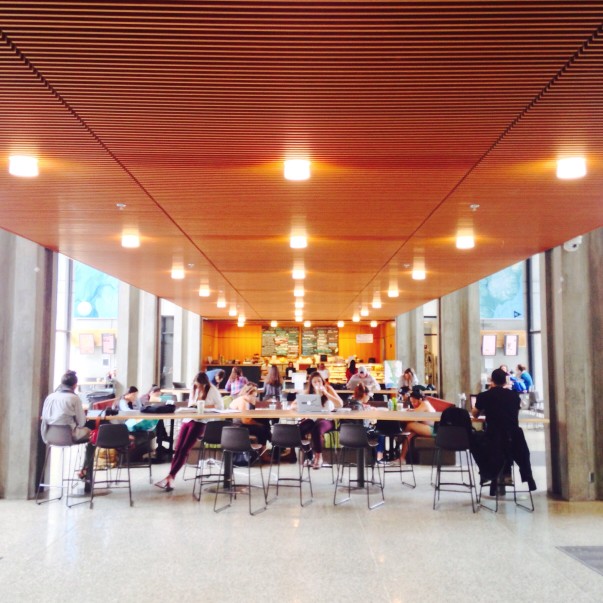Data-visualization guru Hans Rosling recently gave a fascinating TED talk contemplating the relationship between religion and babymaking. (For more examples of his wizardry, see here and here.)
Watch the full lecture below:
As usual, Rosling does a nice job of pointing out high-level trends and prompting us to think more deeply about the cultural and religious implications of economic prosperity. Yet throughout his talk, there’s a subtle undercurrent indicating a lack of attention or concern when it comes to the economic implications of culture and religion.
For one, I’m not at all eager to strive for an average global birth rate of two babies per woman, as Rosling and his audience seem to yearn for. As I’ve written elsewhere, under the right conditions and through the proper moral orientation, more humans is a good thing (and only partly for the cause of economic prosperity).
Second, Rosling’s main focus and takeaway is the link between babymaking and economic status (and all the perks that come with it). The more prosperous a society, the more each of these factors is likely to reign.
According to Rosling, babies per woman decrease when:
- Children survive
- Many children are not needed for work
- Women get education and join the labor force
- Family planning is accessible



